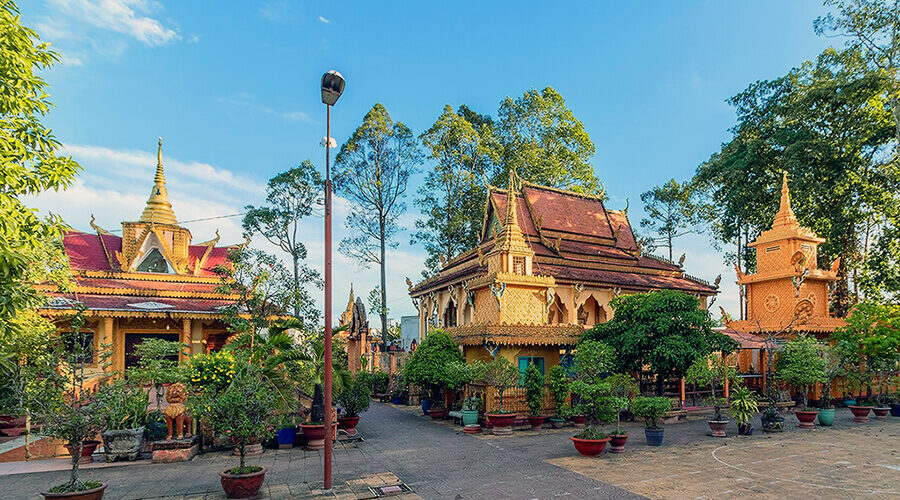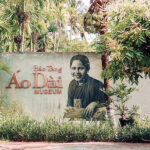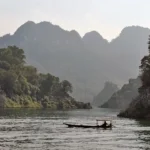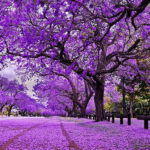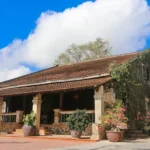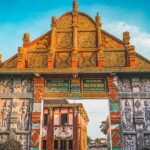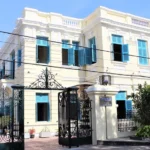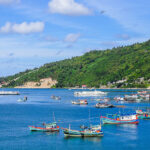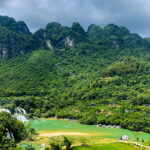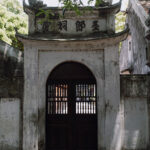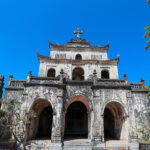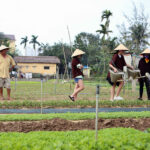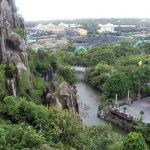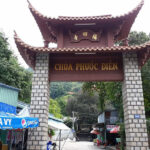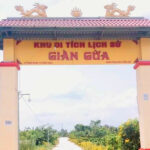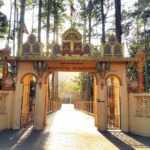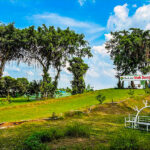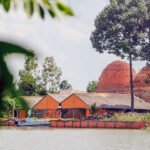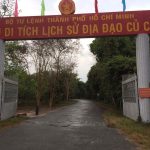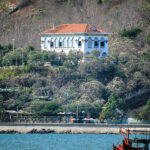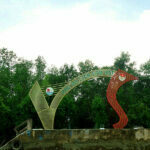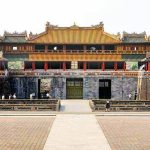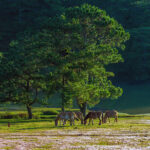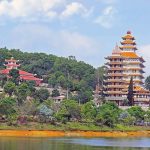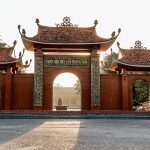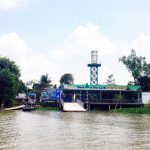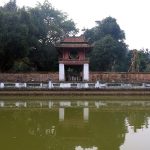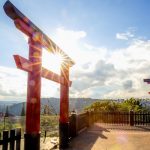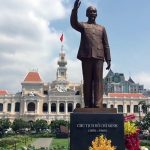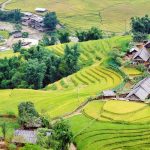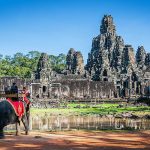The Mekong Delta in general and Can Tho in particular have long been home to many ethnic groups such as Kinh, Khmer, Hoa, and Cham, contributing to the diversity of cultural identity and spiritual beliefs of the region. In particular, the spiritual belief works of the Chinese and Khmer communities always create their own uniqueness that attracts many tourists from all over to visit. It is impossible not to mention Pothisomron Pagoda – famous ancient Khmer pagoda in Can Tho.
General information about Pothisomron Pagoda
Pothisomron Pagoda is an ancient Khmer pagoda located on the 1144 QL 91, O Mon Ward. The pagoda was recognized as a city-level historical and cultural relic in 2006. Through many ups and downs, the pagoda has changed locations twice. The first time the pagoda was built at O Mon arch, then moved to Bo Rich, later to the present. There are many trees, including a tree called Somron, so part of the name of the pagoda is named Som Ron.

Pothisomron Pagoda is located along the O Mon River
Initially, in 1735, Pothisomron Pagoda was only built with simple materials such as leaves and bamboo. By 1856, the pagoda was built with precious woods and covered with fish-scale tiles. Nearly 100 years later, realizing that the pagoda was too degraded, Venerable Thach Khieng – Abbot of the pagoda from 1950 to 1988 went to Phnom Penh to request a new design from famous architects of Cambodia, on the basis of preserving traditional architecture. Construction on the new pagoda began in June 1950 and was completed in 1952. This architecture is kept to this day.
Architecture of Pothisomron Pagoda
One of the special features of Pothisomron Pagoda is its unique and diverse architecture. The pagoda was built in an Asian architectural style, with curved domes and meticulously carved Buddha statues. However, you can also see the combination with Western architecture through the pillars and white painted walls.

Main gate of Pothisomron Pagoda
The main hall is a prominent building in the architectural complex of Pothisomron Pagoda, built in the East direction. Khmer people believe that although Buddha is in the Western world, he always looks towards the East to save sentient beings. The main hall’s roof has three overlapping levels, with a dragon image running along the edge of the roof with its tail reaching straight up into the sky. The columns, fences, door frames, roof tops, and walls are all meticulously carved with geometric and water hyacinth patterns.

Most of the Khmer pagodas have towers to keep of the ashes of predecessor, but perhaps there is a few pagoda that can preserve a more than 200-year-old tower like Pothi Somron Pagoda. This tower is right in front of the main hall, built of laterite, and bricks dating back to the 18th century. Inside this tower remains of many Buddhists and have been preserved for many generations.
According to Venerable Dao Nhu, abbot of the pagoda since 1988, some Buddhists asked to rebuild and renew the outside of the tower, but the pagoda did not agree, because this is evidence of the pagoda’s history and culture.
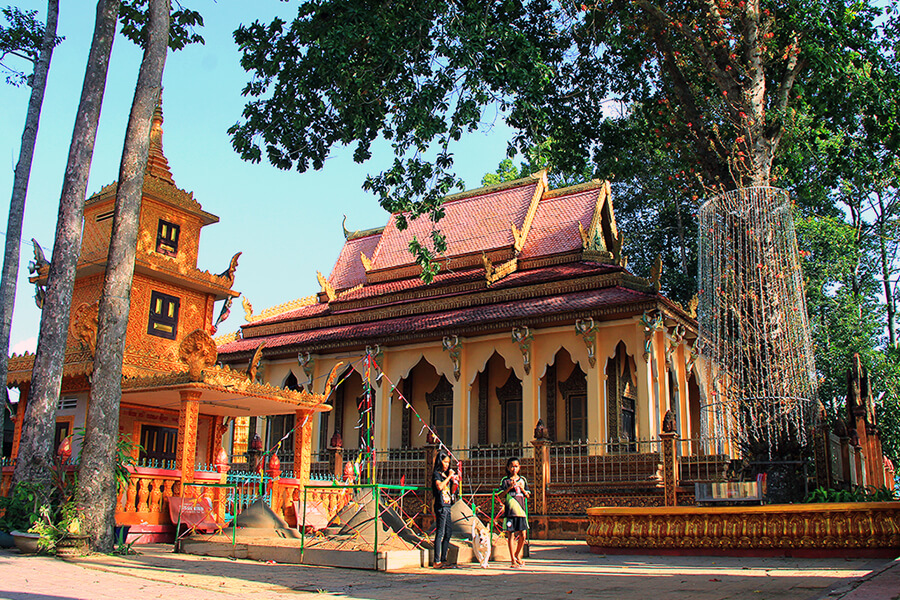
Inside the pagoda, visitors will admire many antiques. These are wooden swallow wings made in 1856 carved with images simulating stories about Shakyamuni Buddha, more than 100 sets of Satra sutras (leaf books), 17 wooden statues nearly 200 years old.
A characteristic of most Khmer pagoda architecture is different. Below the main hall, the windows and walls are painted gold and look quite impressive (Obviously this is a great check-in background). Inside are different Shakyamuni Buddha statues, on each ceiling wall is an image of the Buddha’s life.
The Buddha statue in the Center of the Main Hall was carved in 1885. Another special thing is a traditional boat behind the guest house, eye-catching in length, irresistibly beautiful.

The beauty of Pothisomron pagoda is further enhanced by a large perennial sala tree which said to have been brought back from India – planted in a corner of the yard since 1969, always blooming elegant and fragrant flowers.
- Best for: solo, pilgrims
- Entrance: Free
- Tourist spots nearby: Can Tho Museum, Can Tho Grand Prison, Cai Rang Floating Market, Ong Temple, Traditional craft village of making rice noodle in Can Tho, Truc Lam Phuong Nam Monastery, Munir Ansay Pagoda, Phat Hoc Pagoda…
Source: collected by An
Follow us for the best deal with Vietnam package tours and visa advice!








